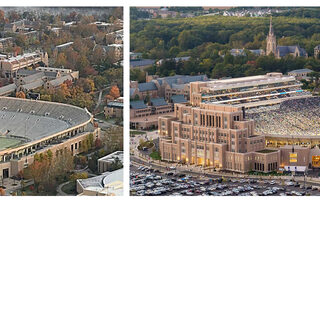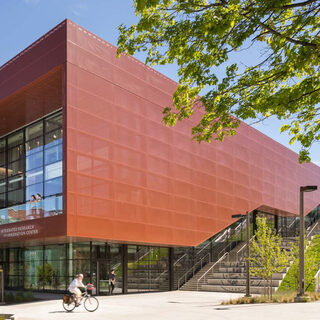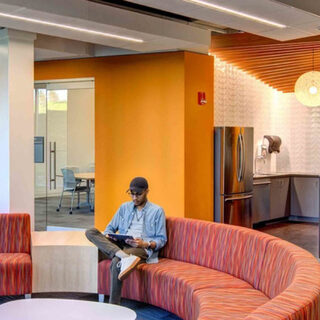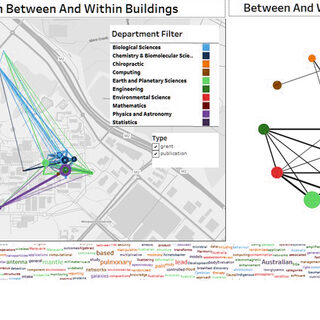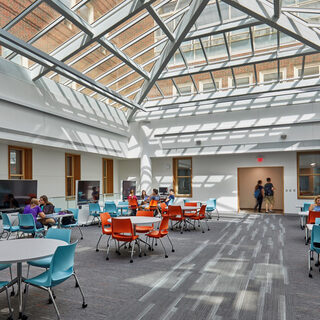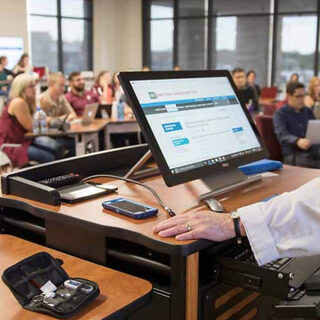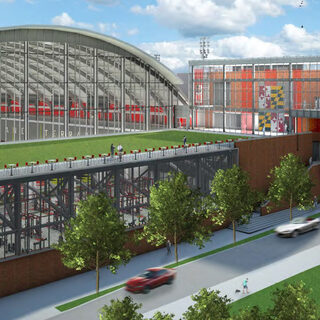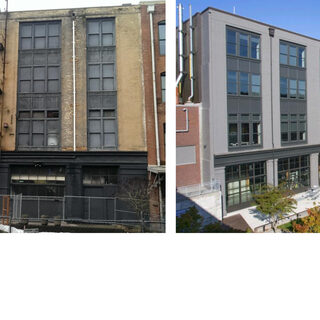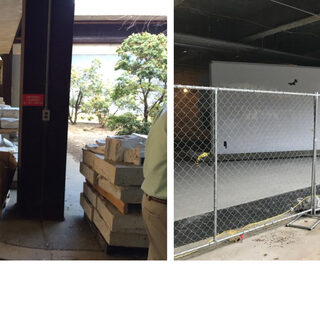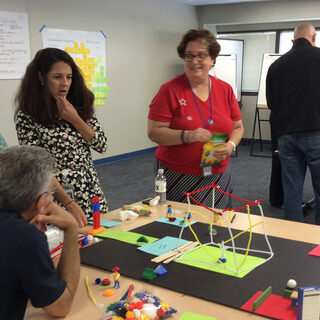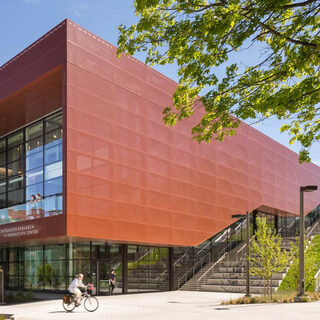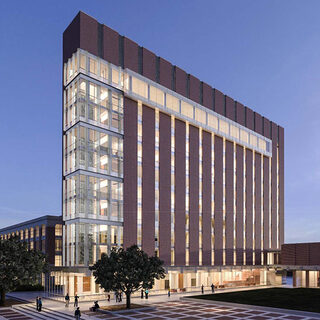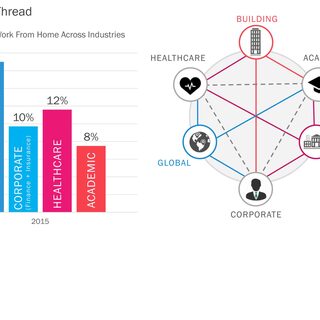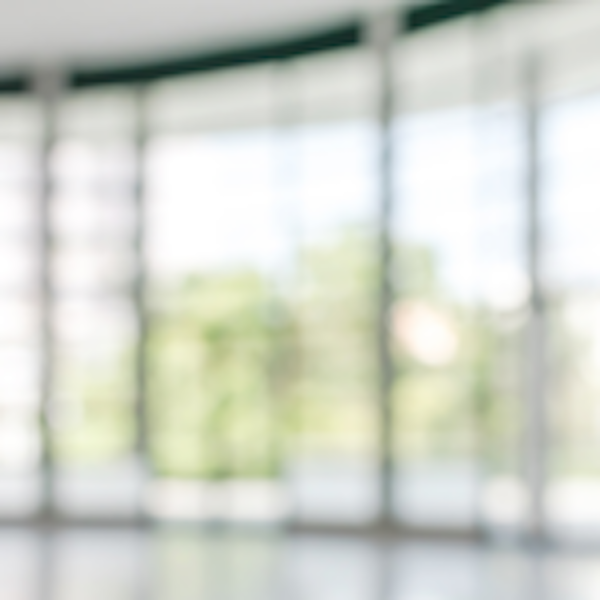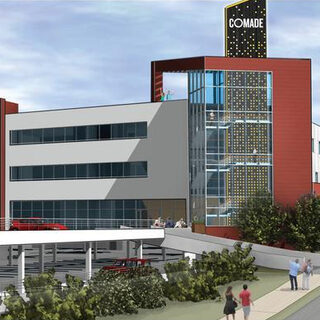Notre Dame Transforms Historic Football Stadium into Multi-Use Campus Hub
The University of Notre Dame’s Campus Crossroads project, compleletd in 2017, transforms the iconic Notre Dame football stadium into a vibrant multi-use campus hub and student center with near constant activity. As the largest, most ambitious construction project in the university’s 175-year history, the stadium remodel includes the addition of three new adjacent buildings that provide more than 800,000-sf of academic, athletic, and student life space designed to increase interaction and wellbeing.

